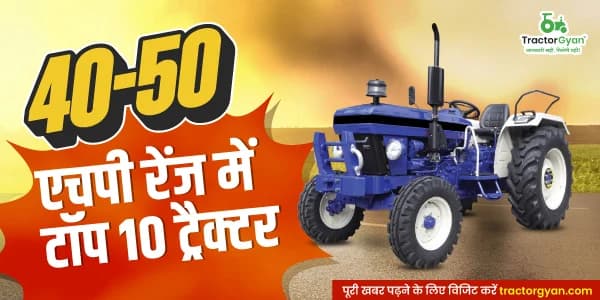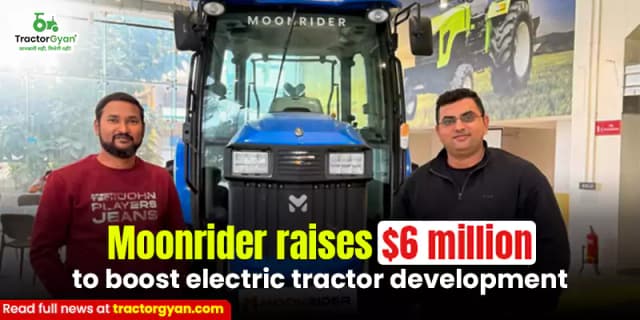Top 12 Different Types of Agriculture in India
टेबल ऑफ कंटेंट
Agriculture in India is a vibrant and diverse sector that plays a pivotal role in the nation's economy. The country's vast geographical and climatic variations have given rise to a multitude of agricultural practices and crops.
In this blog, we will delve into the different types of agriculture in India, shedding light on the unique features of each. Whether you are a farming enthusiast or simply curious about the agricultural landscape, this guide will offer valuable insights into the fascinating world of Indian agriculture and types of agriculture in India.
Types of Agriculture
There are different kinds of agriculture Practiced in India:
1. Subsistence Agriculture

Subsistence agriculture is one of the different forms of agriculture in India. It involves small-scale, family-based cultivation primarily for personal consumption.
Crops grown include rice, wheat, millet, and pulses. Subsistence farming, though less financially rewarding, forms the backbone of rural livelihoods. The majority of India's population relies on subsistence farming for their sustenance.
2. Commercial Agriculture

Types of Agriculture in India include commercial agriculture, which is characterized by profit-driven operations. Large landholdings, modern farming techniques, and advanced machinery are hallmarks of commercial farming.
Crops such as cotton, sugarcane, and oilseeds dominate the commercial farming sector. These crops are often sold in the market for substantial profits, contributing significantly to the Indian economy.
3. Dry Farming

A specific type of agriculture in India known as "dry farming" is practised in regions with irrigation issues and low rainfall totals of less than 20 inches.
On dry ground, crops including winter wheat, corn, beans, sunflower, and even watermelon may be cultivated. Even with only 9 inches of precipitation annually, arid soil can be successfully farmed higher rainfall broadens the range of crops.
4. Mixed Farming

Mixed farming, which entails growing plants and animals with the intention of selling them for a profit, is the foundation of the global agriculture sector and encompasses various types of agriculture.
Even though the commercial economy has been around for thousands of years, significant developments have occurred over the past century. Scientific and technological advancements have made it possible to genetically modify crops to produce a variety of resistance traits.
5. Pastoral Farming

One of the oldest types of agriculture is pastoral farming. Pastoral farming is the practice of only rearing animals in cold, humid climates that are not good for growing crops.
These steep slopes are less nutrient-rich and designed to encourage mechanization rather than plant growth. These grounds are typically good for weeds and grasses.
Strong winds and heavy water flow during rainstorms increase the likelihood of crop damage in sloping terrain. Sheep are better raised in sloping terrain rather than dairy animals. Sheep can eat grass and are adaptable to cold and humid climates.
6. Sedentary Farming

An agricultural practice known as sedentary farming involves using the same piece of land year after year. In contrast to nomadic farming.
This type of agriculture is carried out by a single farmer who does not rotate the fields. Primitive farmers in tropical Africa who consistently cultivated the same plot of land rather than rotating or changing it sometimes was referred to by this word.
7. Nomadic Farming

A type of animal husbandry known as nomadic animal husbandry, which is one of the different forms of agriculture, includes moving cattle from one location to another in search of new grazing land and water.
Nomadic cattle can take many different shapes depending on the region or culture. We refer to some human tribes and cultures as nomads because they have always relied completely on roving livestock.
8. Crop Rotation

Crop rotation is one of the agricultural methods that involve changing the cultivation of crops on the same plot of ground during various growing seasons.
By using this technique, which is common in various types of agriculture, the soil is helped to restore its fertility and nutrients that were lost during a previous crop harvest.
9. Capitalist Farming

Big business people or capitalists invest land and money in capitalism-based farming. The employed labourers receive pay. Improved farming techniques and intensive farming are used.
In general, farms are mechanised. Workers receive more pay. The investor or businessperson is responsible for the company's profit or loss.
10. Cooperative Farming

In this type of agriculture, everyone who participates has an ownership stake in the enterprise.
There is no pressure other than the cooperative members, who willingly combine their resources to run the business. All members are free and have the freedom to quit society whenever they want without losing their ownership of the land and resources they have reserved.
The members' respective shares of capital, labor, and land determine how much money everyone receives. Additional classifications for this form of farming include Cooperative improved farming Ownership & operations both individually.
Cooperative joint farming. Operations are carried out collaboratively while ownership is individual. Cooperative Tenant farming Individual activities and collective ownership. Cooperative collective farming Owning and running the farm jointly.
11. Mediterranean Farming

Mediterranean agriculture, one of the different forms of agriculture, involves growing crops and rearing cattle in the arid Mediterranean climate.
The main agricultural products grown in the region are small animals and crops including citrus fruits, vineyards, and wheat. Horticulture is also practised because of the winter rains, with most crops being sown in the winter.
12. Shifting Cultivation

In the tropics, shifting agriculture, one of the different types of agriculture farming, entails the cultivation of crops on forest grounds following forest removal or burning.
Native Americans farm on forest land until the soil is no longer fertile. The soil typically loses its fertility or becomes dominated by local flora over a period of three to five years.
Farmers relocate to the next forest and continue the process thereafter the soil loses its fertility. The primary use of this type of agriculture is to produce grains in the tropics.
Conclusion
The agriculture sector in India is as diverse as the country itself. Although many different types of agriculture are practiced by farmers in India.
From the lush paddy fields of the south to the arid deserts of the west, every region has its own unique agricultural practices. It's this diversity that has enabled India to be self-sufficient in food production and a significant contributor to the global agricultural market.
Whether you're interested in the rich history of Indian farming, the challenges farmers face, or the latest innovations in agriculture, India's agricultural landscape is a fascinating subject. As the backbone of the nation, Indian agriculture deserves the attention and appreciation of every citizen.
If you want to know more about the different types of agriculture in India, Tractorgyan is the perfect platform to stay updated on the latest developments and insights in the agricultural sector.
कैटेगरी
और ब्लॉग पढ़ें
देशभर के किसानों को लाभ पहुँचाने के लिए राज्य सरकार से लेकर केंद्र सरकार तक कई योजनाएं चला रही है लेकिन क्या आपने कभी कोई ऐसी योजना का पता चला हो जिसमें उन किसानों को लाभ पहुंच सकें जो किसान धान...
ट्रैक्टर्स किसानों के लिए काफी लाभप्रद साबित हुआ है. ट्रैक्टर के आ जाने से किसान भाईयों के लिए खेती करना काफी सरल हो गया है. भारत ही नहीं अपितु दुनिया के किसी भी कोने में जहां भी...
किसानों को खेती के लिए सबसे जरूरी होता है कृषि यंत्र (Farming Equipment) का होना। कृषि करने के लिए कृषि यंत्रों की सहायता हो तो किसानों को काम करने में आसानी हो जाती है। इसी के लिए किसान आधुनिक खेती के...
इसके बारे में अपनी टिप्पणी लिखें Top 12 Different Types of Agriculture in India
.webp&w=1920&q=75)
ट्रैक्टर और कृषि से जुड़े सबसे अधिक खोजे जाने वाले ब्लॉग्स
30 Jul 2025
30 Jul 2025
29 Jul 2025
08 Sep 2025
03 Jul 2025
30 Jul 2025
30 Jul 2025
30 Jul 2025
29 Jul 2025
30 Jul 2025
29 Sep 2025
31 Jul 2025
30 Jul 2025
31 Jul 2025









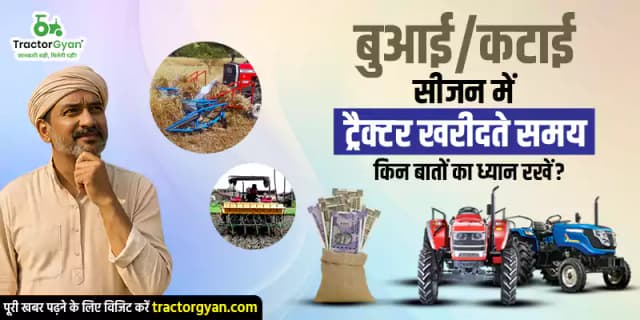
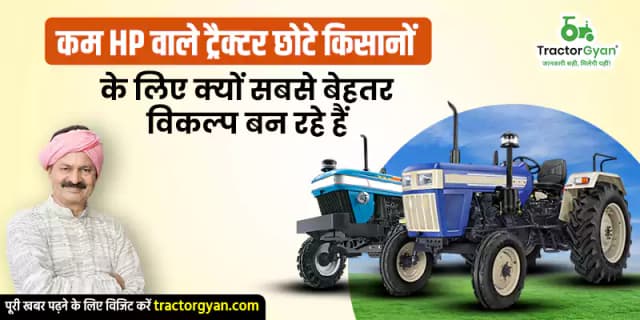



.jpg&w=1200&q=75)
.webp&w=2048&q=75)
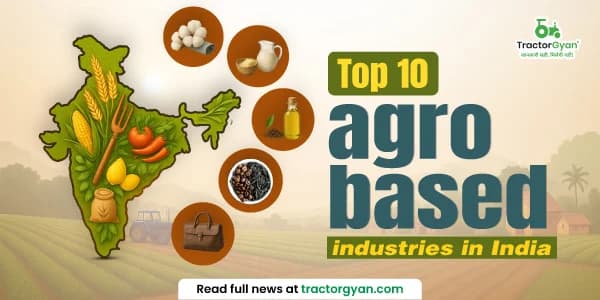
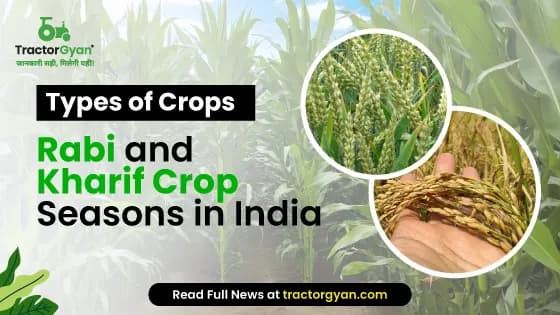
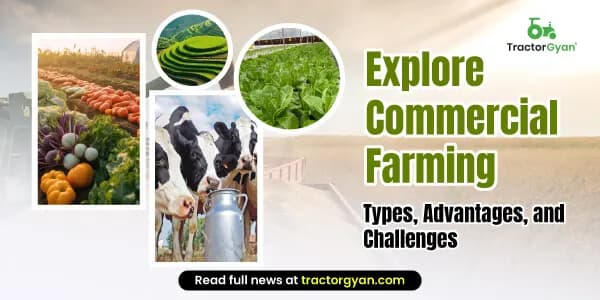
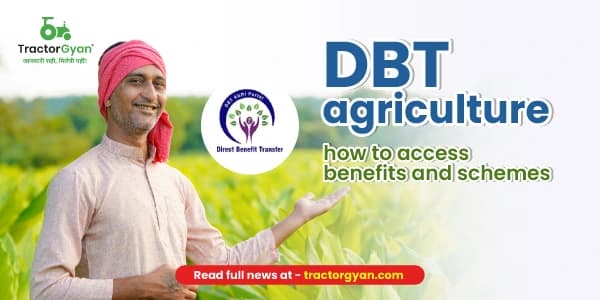
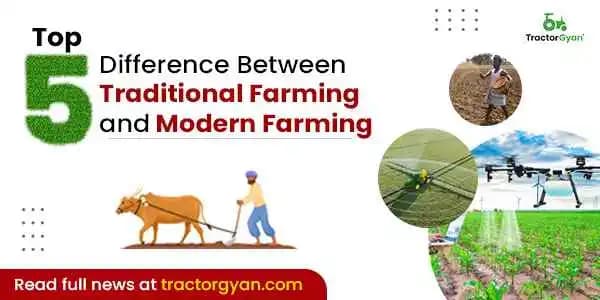
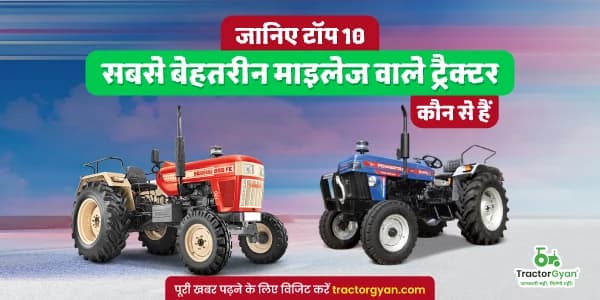
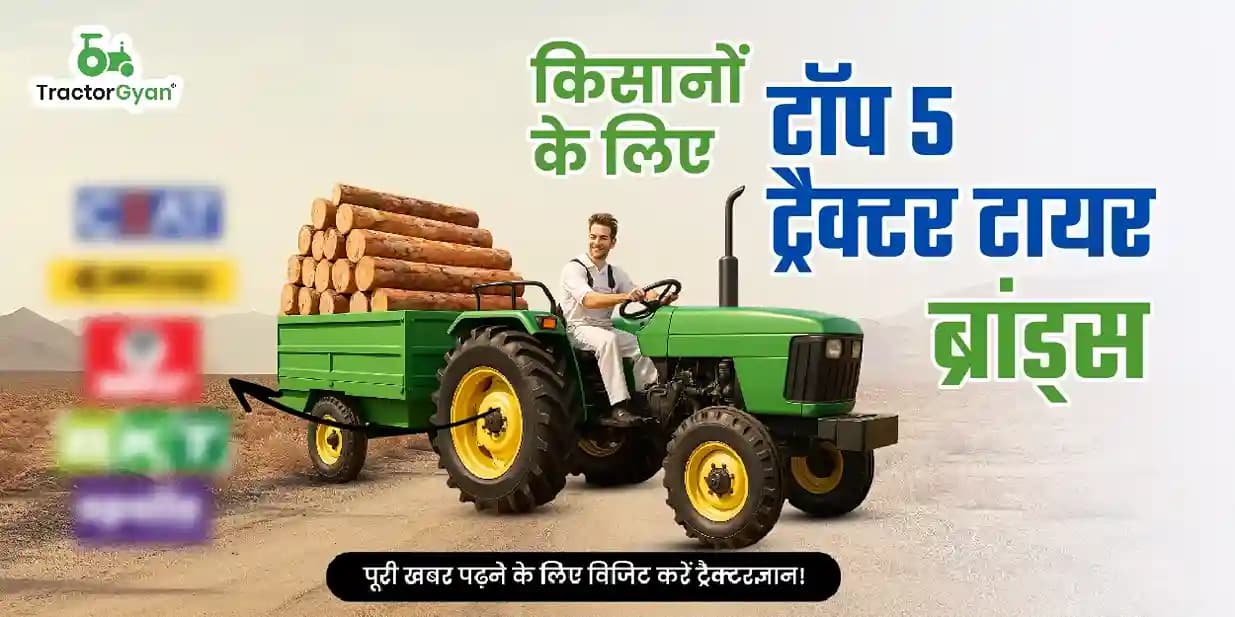

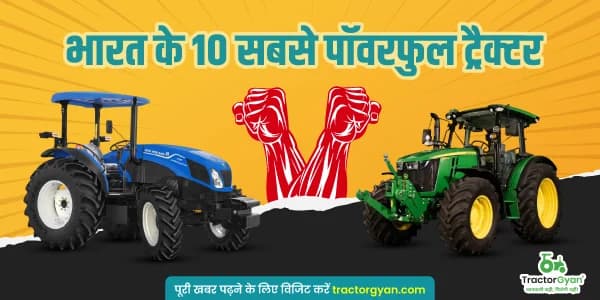
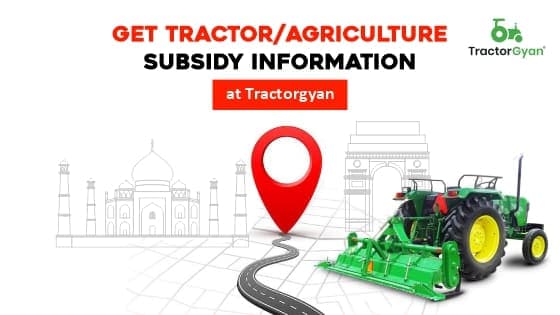
.webp&w=2048&q=75)
.webp&w=2048&q=75)
